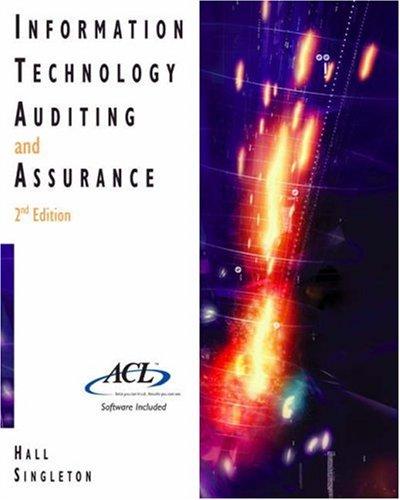Midterm - 2 AStar Rentals (AR) maintains an inventory of rental houses near Sharjah universities and leases those houses to student renters. This case describes their rental business process. AR agents former marketing majors renowned for their fast-talking and flamboyant lifestyles work with potential renters and sign the rental contracts for AR. AR tracks its houses by city or neighborhood, and distance from campus. AR assigns one specific AR agent to cach neighborhood to manage rentals for all houses in that neighborhood, but cach AR agent may be assigned to multiple neighborhoods. AR cashiers collect the rent and are bonded for security purposes. AR tracks cashiers separately from AR agents, although both are identified by employee numbers. AR sets rental rates to its student customers by considering such matters as number of bedrooms and age of the house. Additionally, AR applies a monthly rental surcharge to each house that depends solely upon its neighborhood designation: for example, upscale neighborhoods have higher surcharges and less desirable neighborhoods have lower surcharges. The same surcharge applies for the life of the lease. Every house has a rental surcharge, and all houses in a particular neighborhood have the same surcharge. Prospective renters, usually students, contact AR to inquire about renting a house. When a potential renter contacts AR. a AR agent is assigned to assist him or her. That AR agent remains the person's point of contact for as long as he or she continues to deal with Beach Rentals. AR records information on each potential renter as soon as he or she contacts AR to inquire about a house. AR agents negotiate the rental contracts with the students. Each rental contract must last at least 6 months, and 12-month contracts get a 5 percent discount. AR also charges a damage fee that is due along with the first month's rent when the rental contract is signed. The AR agent earns a 10 percent commission on each rental contract, and AR tracks the year-to-date (YTD) commission earned for each of the AR agents. Of course, the AR agents compete with one another to see who earns the highest commissions, and AR fosters the competition by giving an annual award to its "best" agent. AR finance itself through its owners and a few cases get loans from banks. When multiple students want to rent one house, AR requires that they designate the primary renter the one who will be responsible for paying the rent. All the student renters, however, sign the rental contract, and AR assigns a unique renter number to each occupant. The students may not change primary renter for the term of a contract. AR cashiers collect the rental payments (1) each month. (2) every six months, and (3) every year from the primary renters, AR records information concerning employees, house owners, bank accounts, and neighborhoods in the database before the renters are involved in any events. Attributes: Agent employee Agent name Agent real estate license status Bank account Bank account balance Bank name and address Cash receipt S amount Cash receipt# Cashier employee# Cashier name Damage fee House street address House zip code Monthly rent Neighborhood name Number of bedrooms Number of houses in this neighborhood Rent discount for 12-month contract Rental contract# Rental contract begin date Rental contract duration in months Rental surcharge amount Renter bank and routing numbers Renter name Renter number# (YTD) rental commissions. Year To Date Requirements: 1. Using the information above and the list of attributes (no additions), draw a UML Class diagram (conceptual model) with classes, associations, attributes (with PKS designated), and multiplicities shown. 2. Make the necessary tables in the database that links an event to an event and between events and agents (logic Model). Don't prepare all the tables








